
The beauty world has a favorite buzzword: collagen. It’s the magic ingredient in everything from expensive powders to fancy creams, promising to restore the youthful bounce and firmness to your skin. If you’ve spent any time online or walked down the supplement aisle, you’ve been bombarded with it. But honestly, it’s all a little confusing. Do the supplements actually work? Are the creams just a pricey scam? It feels like you need a science degree to sort out the facts from the fiction.
Let’s cut through the marketing noise. We’re going to talk about what collagen actually is, what it does inside your body, and how you can genuinely support its production without emptying your wallet on mystery products. Here’s the simple truth: your body is already a master at making collagen. You just need to give it the right tools for the job.
First Off, What Exactly Is Collagen?
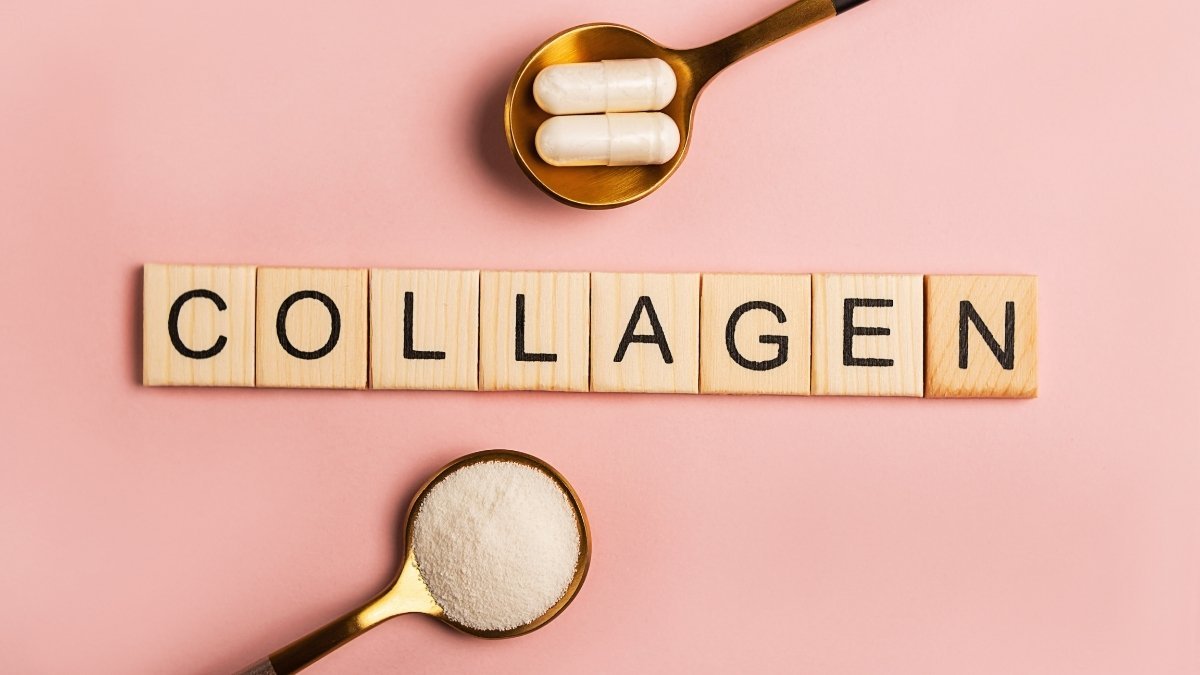
Think of collagen as the scaffolding of your body. It’s the most abundant protein we have, making up about 75-80% of our skin.1 It’s literally the stuff that holds you together—your skin, bones, muscles, all of it. It’s the “mattress” under your skin that keeps it looking firm, plump, and youthful.
But here’s the catch. Our bodies are fantastic at producing it, but only for a while.
Starting in our mid-to-late 20s (I know, it’s ridiculously early), our natural collagen production starts to slow down. We begin to lose it at a rate of about 1% to 1.5% a year. And that loss compounds over time. For women, this process gets a massive jolt during menopause, where we can lose up to 30% of our skin’s collagen in just the first five years.
When that internal scaffolding starts to weaken, we see the results in the mirror: fine lines, wrinkles, and skin that just doesn’t feel as firm as it used to. It’s a completely natural process, but it’s also the reason why the “beauty from within” market is now worth over $8 billion and growing. Everyone is looking for a way to support that scaffolding.
The good news? You don’t have to rely on the supplement industry. You can start in your own kitchen.
Your Body Is a Collagen Factory. Here’s How It Works.
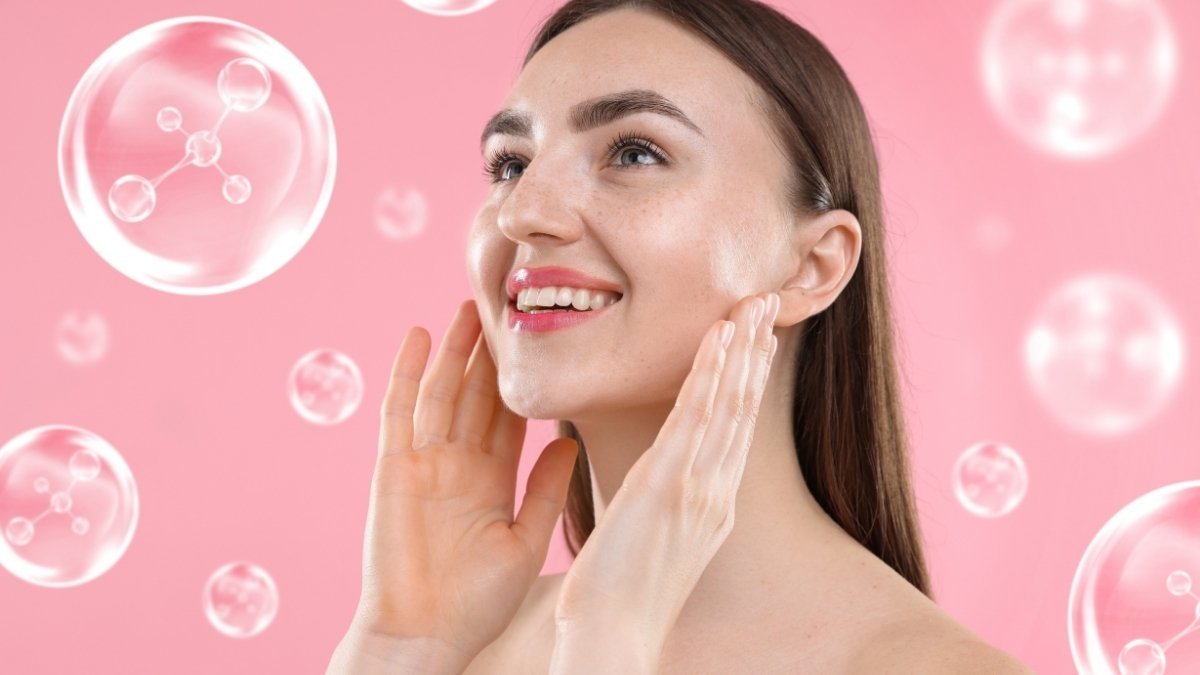
This is the part that most people miss. You don’t just eat collagen and have it magically appear on your face. It doesn’t work like that. When you eat any protein—whether it’s from a steak or a collagen powder—your stomach breaks it down into its basic building blocks: amino acids.
Your body then takes those amino acids and uses them to build whatever it needs. Think of it like a cellular assembly line. Specialized cells called fibroblasts are the factory workers, and their job is to build new collagen from scratch.
But for this assembly line to run smoothly, it needs very specific raw materials. It’s not just about having the amino acids; it’s also about having the right “co-workers” or cofactors—vitamins and minerals—that help put everything together.
And this is where your diet becomes so incredibly powerful. You can either starve your internal factory or you can give it everything it needs to run at peak performance.
The Nutritional Toolkit: Fueling Your Collagen Factory
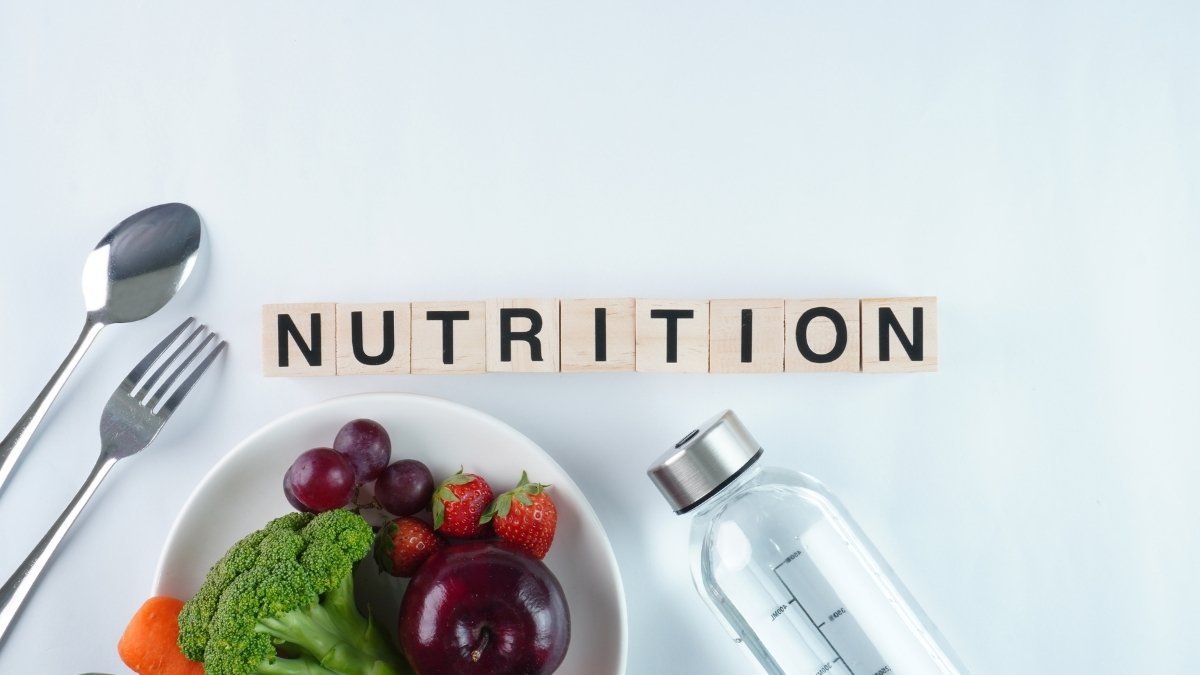
If you want to get serious about supporting your skin, you need to make sure your diet is stocked with these essentials.
- The Building Blocks (Amino Acids): Collagen is made primarily from three amino acids: glycine, proline, and lysine. You can find these in high-protein foods like poultry (especially the skin), meat, eggs, dairy, and beans.
- The Unsung Hero (Vitamin C): This is the most important player in the game. Seriously. Your body literally cannot make collagen without Vitamin C. It’s the spark that makes the whole assembly line work. You’ll find it in bell peppers, citrus fruits, strawberries, and broccoli.
- The Mineral Crew (Zinc and Copper): Think of these as the quality control and finishing team. Zinc helps with the overall production process, while copper is essential for the final step that makes collagen strong and resilient. Oysters, nuts, seeds, beans, and even dark chocolate are great sources.
Okay, that was a lot of science. Let’s break it down into a simple cheat sheet.
🏭 The Collagen Factory Crew 🔩
Essential Nutrients & Their Roles in Building and Protecting Skin Structure
| Nutrient / Compound | Role in the Factory | Where to Find It (Source) |
|---|---|---|
| 🧱 Amino Acids (The Builders) | ||
| 🏗️ Glycine & Proline | The **main bricks** used to construct the fundamental collagen structure. | Red meats, poultry skin, pork skin, egg whites, dairy, peanuts |
| 🔗 Lysine | A key amino acid necessary for the **final strengthening step** that adds rigidity. | Meat, poultry, fish, beans, eggs |
| ⚡ Vitamins (The Power Source) | ||
| 🍊 Vitamin C | The **non-negotiable spark**! It powers the enzymes that stabilize the entire collagen structure (hydroxylation). | Citrus fruits, bell peppers, strawberries, kiwi, broccoli |
| 🔧 Minerals (The Factory Tools) | ||
| 🛠️ Zinc | A **key helper (cofactor)** for the factory workers (enzymes) that manufacture and repair collagen. | Oysters, red meat, poultry, beans, nuts (cashews) |
| 🔩 Copper | The **finisher**. It helps create the strong **cross-links** that make the collagen fiber durable and resilient. | Shellfish, nuts (cashews), seeds, dark chocolate, leafy greens |
| 🛡️ Protective Compounds (The Security) | ||
| 🚨 Antioxidants | The **security guards** who patrol the factory, protecting your existing collagen from damage by free radicals (e.g., sun, pollution). | Berries, dark chocolate, leafy greens, green tea |
The 5 Collagen-Smart Swaps That Make a Real Difference
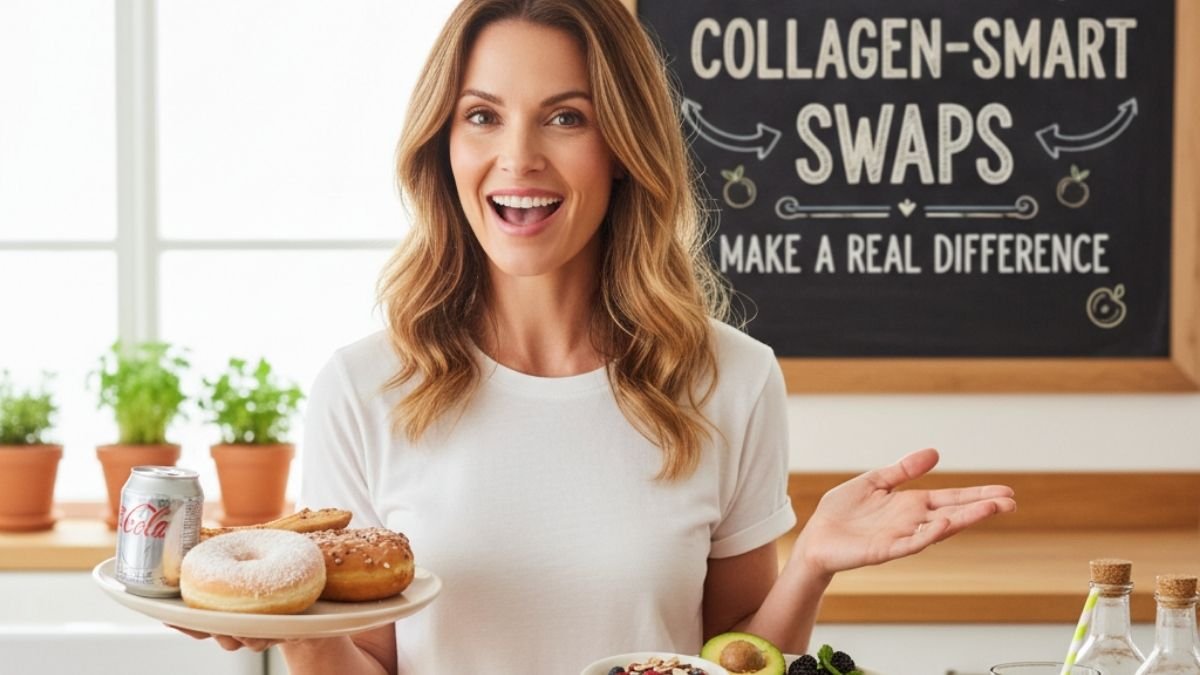
Knowing the science is one thing, but putting it into practice is what matters. The goal here isn’t a perfect diet; it’s about making small, intelligent upgrades. Here are five simple swaps that flood your body with collagen-building nutrients while cutting out the stuff that actively wrecks your skin.
Swap 1: Your Sugary Breakfast Cereal → A Quick Scramble with Avocado & Spinach
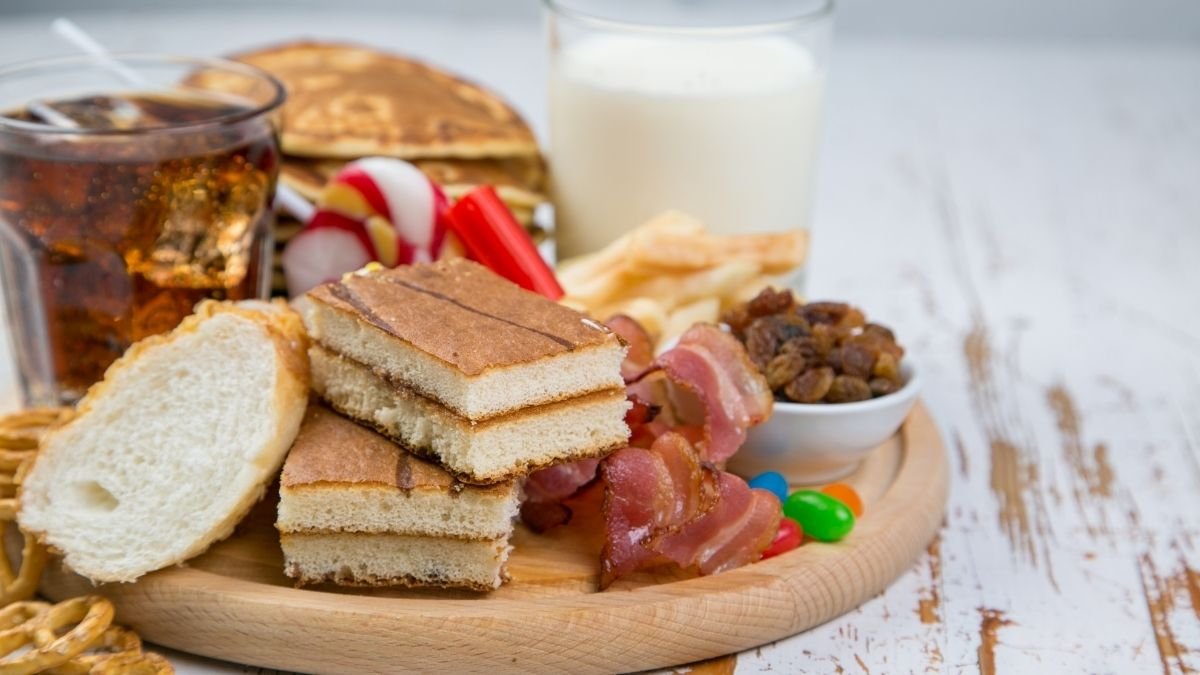
- Why it works: That sugary cereal isn’t just empty calories; high sugar intake leads to a process called glycation, where sugar molecules literally attach to your collagen fibers, making them stiff and brittle. It’s one of the fastest ways to age your skin.
- The Upgrade: A simple scramble gives you a powerhouse of skin-loving nutrients. Eggs are packed with proline, a core collagen building block.13 Avocado delivers protective Vitamin E and healthy fats. And a handful of spinach throws in that all-important Vitamin C. You’re replacing a collagen-destroyer with a meal that provides the builder (proline), the protector (Vitamin E), and the spark (Vitamin C).
Swap 2: Your Midday Candy Bar → A Handful of Berries & Cashews
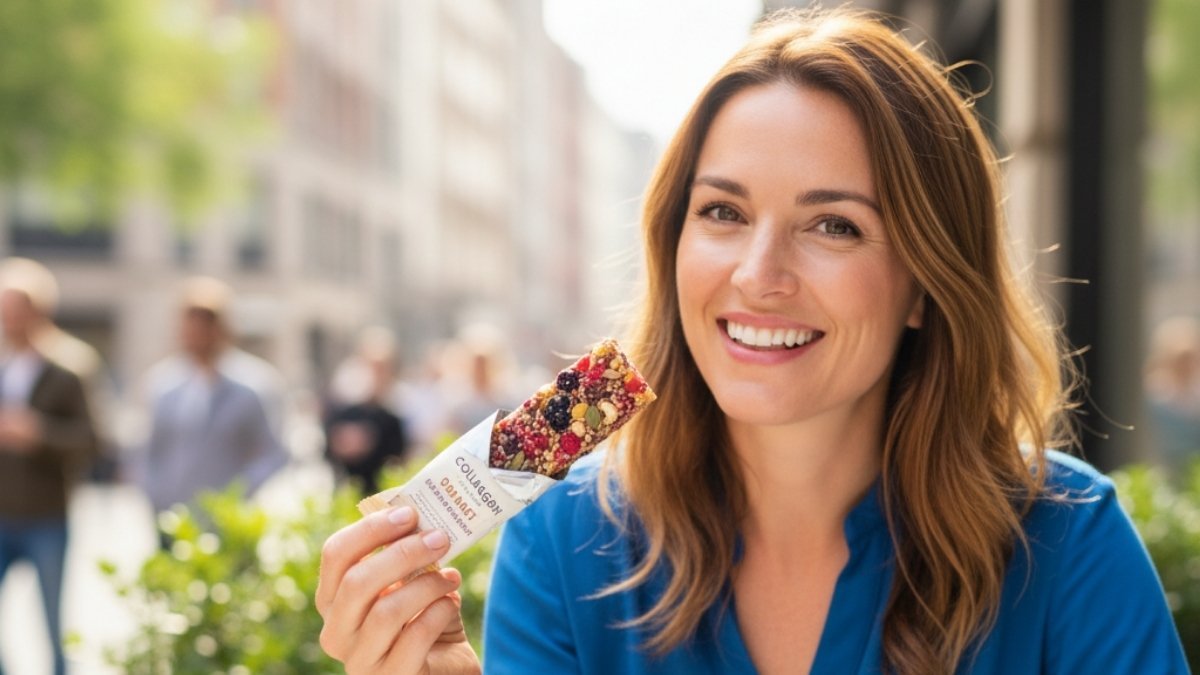
- Why it works: Again, that 3 p.m. sugar hit is doing your collagen zero favors.
- The Upgrade: This is maybe the easiest swap on the list. Berries are loaded with Vitamin C and antioxidants that act like a shield, protecting your existing collagen from damage. Cashews are a fantastic source of both zinc and copper—the minerals your body needs to finish the job properly. It’s a simple snack that delivers the spark, the finishers, and the security guards all at once.
Swap 3: A Fried Fish Sandwich → Grilled Salmon with a Bell Pepper Salad
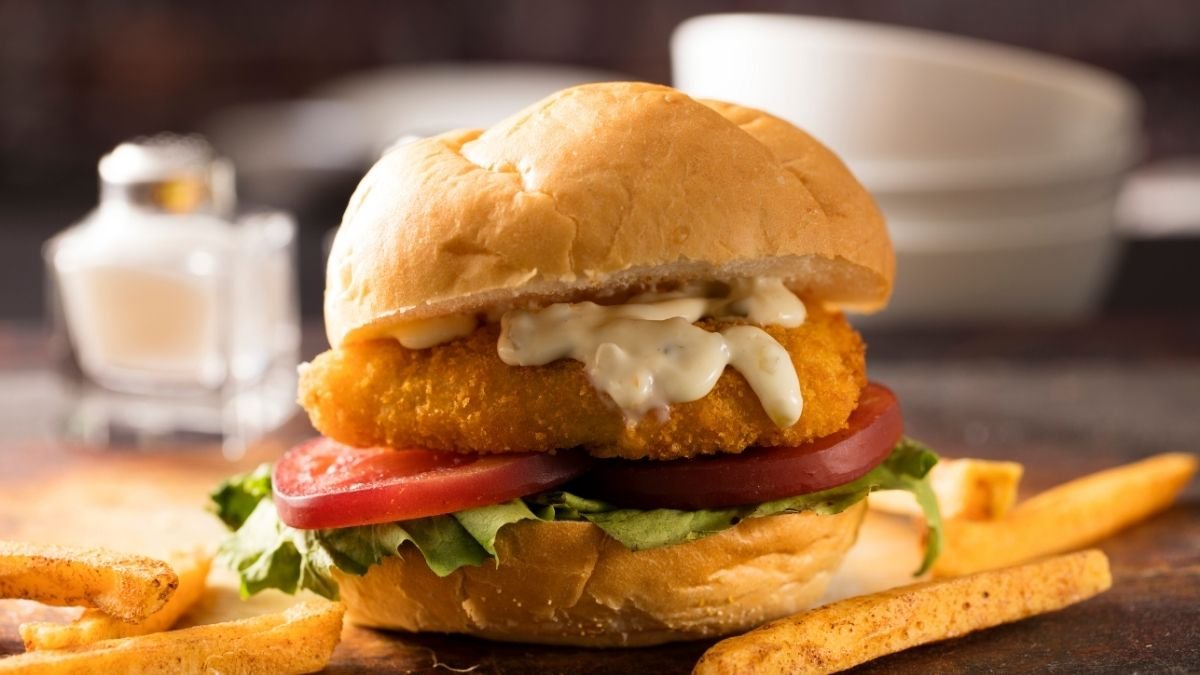
- Why it works: Deep-fried foods and refined carbs can promote inflammation, which is another known collagen-killer.
- The Upgrade: This is the perfect example of nutrient synergy. Salmon (especially with the skin on) provides high-quality protein with all the amino acid building blocks. It’s also rich in anti-inflammatory omega-3s. Pair that with bell peppers—which have even more Vitamin C than oranges—and you’re giving your body the building blocks and the spark in the very same meal, which is the most efficient way to do it.
Swap 4: A Standard Burger → Slow-Cooked Beef Stew
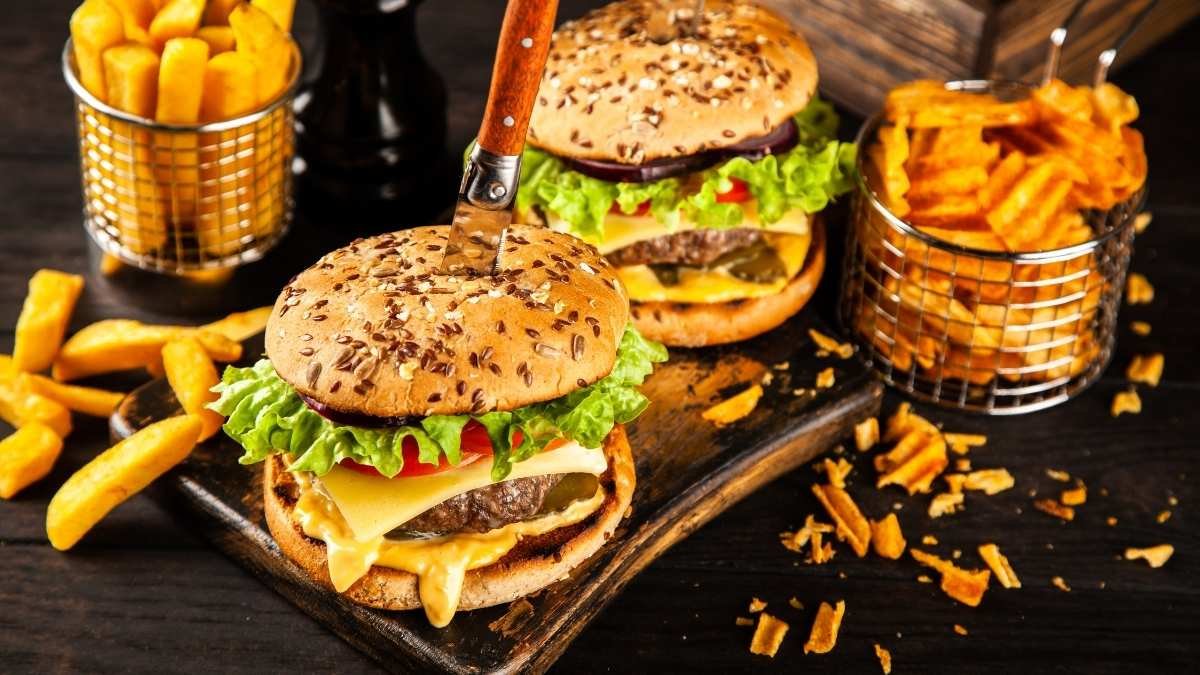
- Why it works: A lean burger is fine, but it’s mostly muscle meat. The real collagen-boosting magic is in the connective tissues.
- The Upgrade: When you use tougher cuts of meat like chuck roast or oxtail and slow-cook them for hours, the tough connective tissue breaks down into gelatin. Gelatin is basically a super-concentrated, easily digestible source of glycine and proline—the exact amino acids your body is craving to build new collagen. You’re essentially pre-digesting the raw materials for your factory.
Swap 5: Bottled Salad Dressing → A Simple Homemade Citrus Vinaigrette
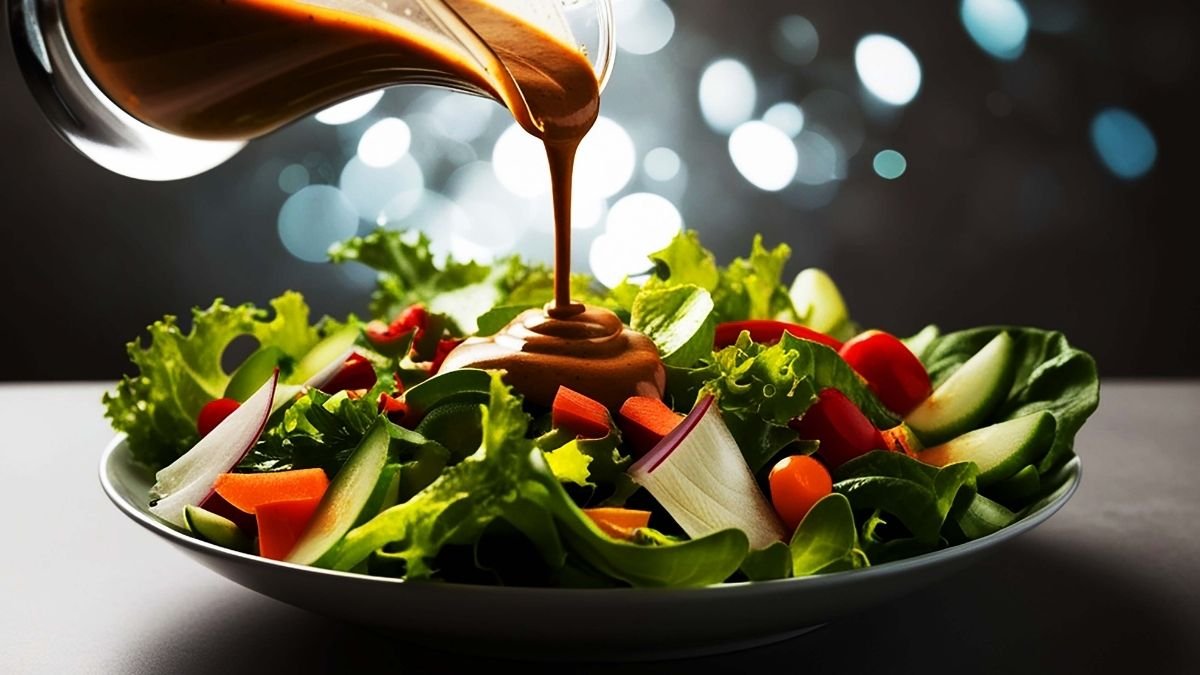
- Why it works: Those store-bought dressings are often loaded with hidden sugars and inflammatory vegetable oils.
- The Upgrade: Whisk together some fresh lemon juice (your Vitamin C source), olive oil, and a pinch of salt. Drizzle it over a bed of leafy greens (more Vitamin C and antioxidants) and top with some chickpeas or lentils (plant-based protein and mineral cofactors like zinc and copper). You’ve just created a plant-based collagen-boosting machine, and it probably took you all of 90 seconds.
So, What About the Powders and Creams?

Alright, let’s tackle the big questions.
Collagen Creams: Let’s make this simple. They don’t work. Not for building collagen, anyway. The collagen molecule is way too big to get through the top layer of your skin. It might be a decent moisturizer, but it’s not rebuilding your internal scaffolding. You’re better off with a Vitamin C serum or a retinoid, which are scientifically proven to tell your skin to make its own collagen.
Collagen Supplements: This is where things get a bit more interesting. The old-school thinking was that they were useless because your stomach just breaks them down. And for whole collagen, that’s largely true.
But most powders today contain hydrolyzed collagen, or collagen peptides. This means the collagen has already been broken down into smaller pieces. The theory is that these smaller peptides get absorbed into your bloodstream and act like a signal, telling your fibroblasts to wake up and get back to work.
And there is some research to back this up. A 2019 review found that oral supplements can indeed improve skin hydration and elasticity. Other studies have shown they can reduce wrinkle depth after a few months.
But—and this is a big but—a lot of this research is funded by the companies that sell the supplements, so there’s a potential for bias. And the industry isn’t well-regulated, meaning quality can be all over the place.
The bottom line? A high-quality hydrolyzed collagen powder might give you a modest boost. But it will never, ever be a substitute for a good diet and a healthy lifestyle. Think of it as a potential helper, not the main event.
Need a Little Extra Support? A Few Tools to Consider
While food is always the foundation, sometimes you want to give your routine an extra boost. Think of these as helpful tools you can add to your toolkit—they don’t replace the good habits, but they can certainly support them.
1. Vital Proteins Collagen Peptides Powder

This is one of the most popular hydrolyzed collagen powders out there for a reason. It’s sourced from grass-fed, pasture-raised cows and dissolves easily in your morning coffee or smoothie. Think of it as delivering a ready supply of the amino acid “bricks” your body’s collagen factory needs to get to work. It also includes Vitamin C and Hyaluronic Acid for extra skin support.
2. TruSkin Vitamin C Serum for Face

Remember how we said topical Vitamin C is scientifically proven to stimulate collagen? This is how you do it. This serum is a huge favorite on Amazon, with tens of thousands of positive ratings. Applying it directly to your skin delivers the antioxidant protection and the “spark” your skin cells need to kickstart that collagen assembly line from the outside in.
3. CeraVe Resurfacing Retinol Serum

Retinol is the other topical powerhouse ingredient that dermatologists agree actually works to stimulate new collagen. This gentle formula from CeraVe is great for beginners. It helps encourage cell turnover and tells your fibroblasts it’s time to build, which can help refine skin texture and reduce the appearance of fine lines over time.
4. Sports Research Marine Collagen Peptides

If you prefer a non-bovine source, marine collagen is a fantastic alternative. Sourced from wild-caught fish, this powder provides the same Types I & III collagen that are crucial for skin health. It’s a great option for pescatarians or anyone looking for a different protein source to fuel their internal factory.
5. Nature’s Way Zinc Chelate
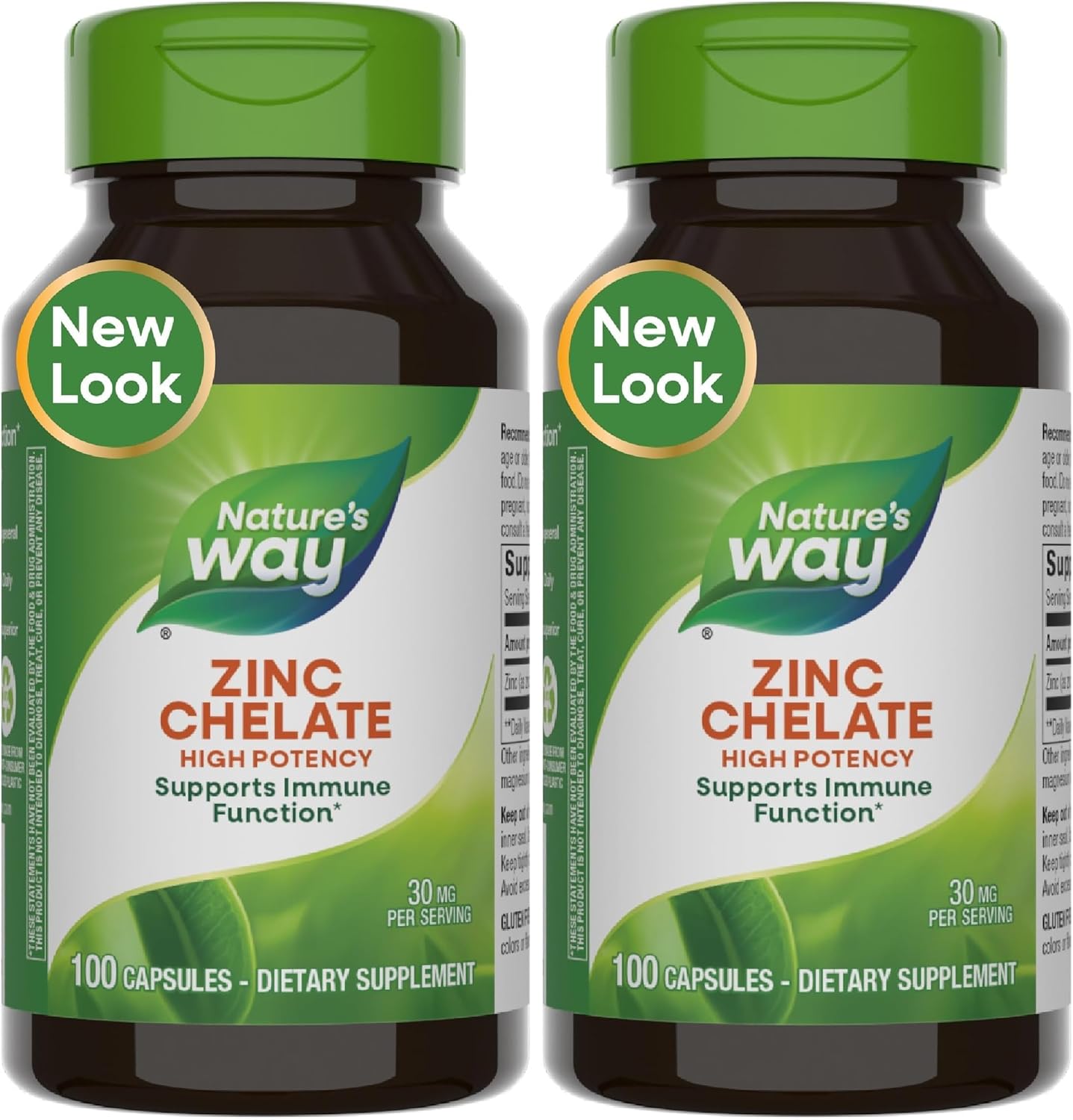
We can’t forget the mineral crew! Zinc is a critical cofactor for collagen production, but it’s one that many people don’t get enough of. A simple supplement like this one can help ensure your body’s assembly line isn’t held up by a missing part. This chelated form is designed for optimal absorption, making sure your body can actually use it.
The Real Takeaway
Look, the desire to have skin that feels healthy and vibrant is completely normal. But the path to get there isn’t paved with magic pills or expensive creams.
It’s about adopting an architectural approach.
- Protect Your Foundation: First, play defense. Wear sunscreen. It’s the single best thing you can do. UV radiation is collagen’s number one enemy, responsible for up to 80% of visible aging signs. And try to cut back on excess sugar and smoking, which are the other two big saboteurs
- Fuel the Factory: Then, play offense. Use your plate to give your body the raw materials it needs to do its job. Focus on protein, load up on colorful fruits and vegetables, and don’t be afraid of healthy fats.
These simple food swaps are a perfect place to start. They’re not about deprivation or a crazy diet. They’re about making smart, powerful choices that work with your body’s natural biology.
And that’s a strategy that will always be more effective than anything you can buy in a bottle.






